Photography in France, 1847–1860
Between the first French publication on the paper negative in 1847 and more-streamlined mechanical advancements in the 1860s, dynamic debates were waged in France regarding photography’s prospects in the divergent fields of art and science. At the same time, novelists and painters were bringing everyday subjects – rather than idealised, academic themes – to the forefront of the artistic imagination, forging a new art for this era of social, economic, and political change. Organised around the Getty Museum’s holdings and supplemented with important international loans, this exhibition highlights the work of four photographers who were integral to the development of paper photography: Édouard Baldus, Gustave Le Gray, Henri Le Secq, and Charles Nègre.
Preview the exhibition below | The top five exhibitions opening this week
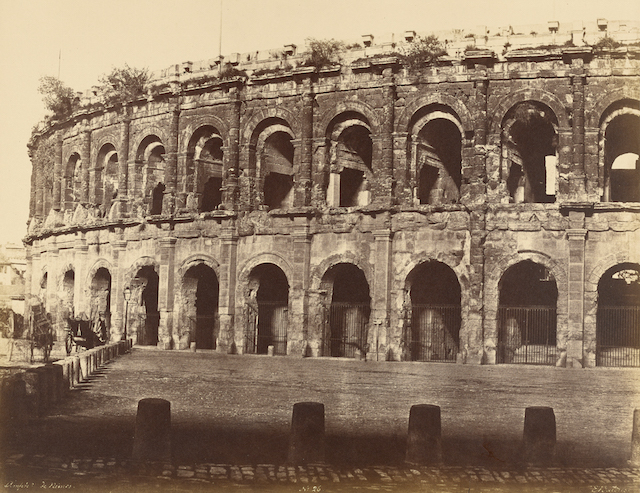
Amphitheater, Nîmes (1850s), Édouard Baldus. The J. Paul Getty Museum, Los Angeles
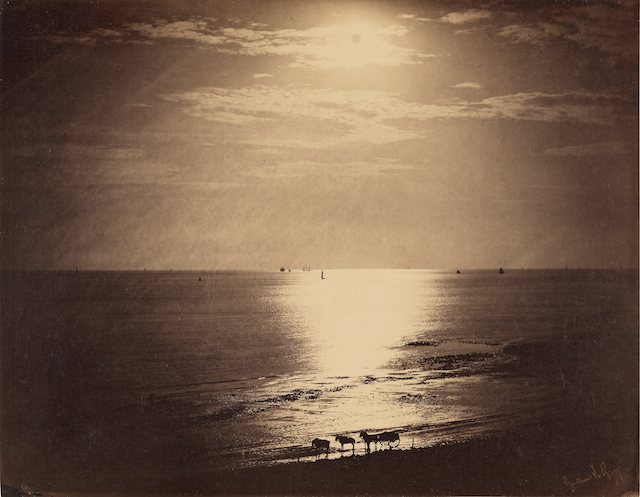
The Sun at Its Zenith, Normandy (1856), Gustave Le Gray. The J. Paul Getty Museum, Los Angeles
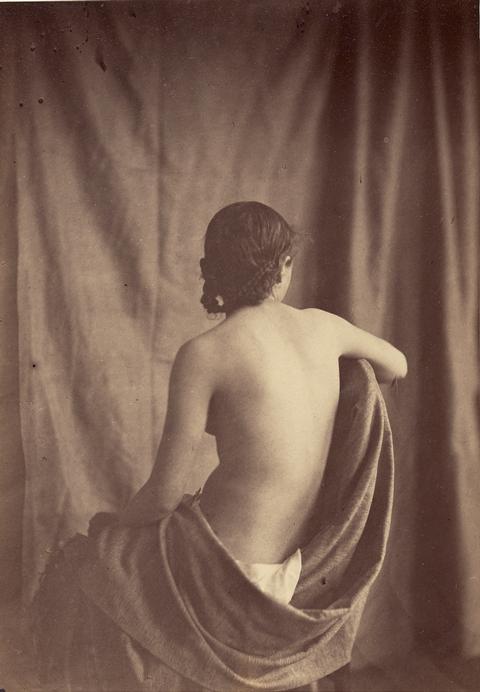
Draped Model (c. 1854), Jean–Louis–Marie–Eugène Durieu, possibly with Eugène Delacroix. The J. Paul Getty Museum, Los Angeles
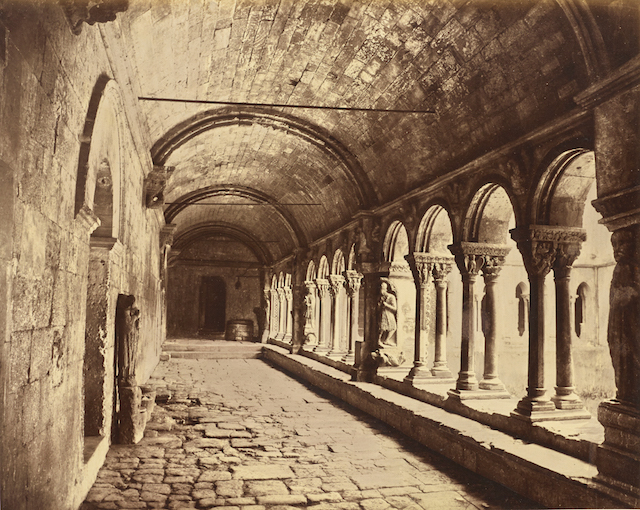
Cloister of Saint-Trophime, Arles (c. 1861), Édouard Baldus. The J. Paul Getty Museum, Los Angeles


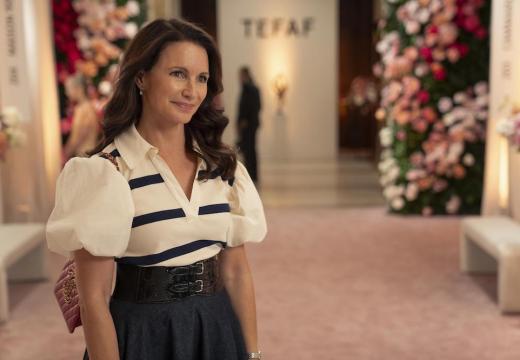
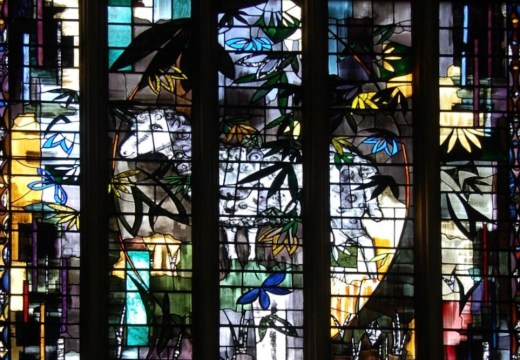
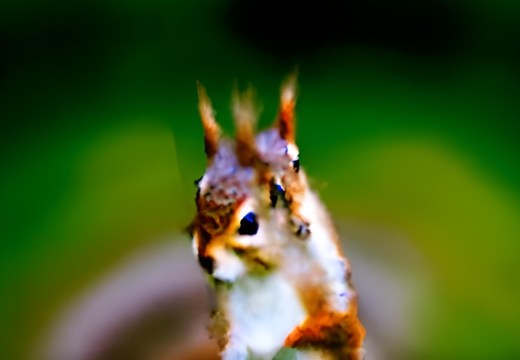

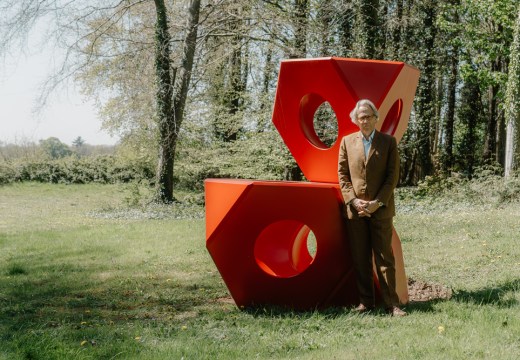



![Masterpiece [Re]discovery 2022. Photo: Ben Fisher Photography, courtesy of Masterpiece London](https://apollo-magazine.com/wp-content/uploads/2022/07/MPL2022_4263.jpg)
‘A revolutionary flame burned bright within him’: David Bindman (1940–2025)